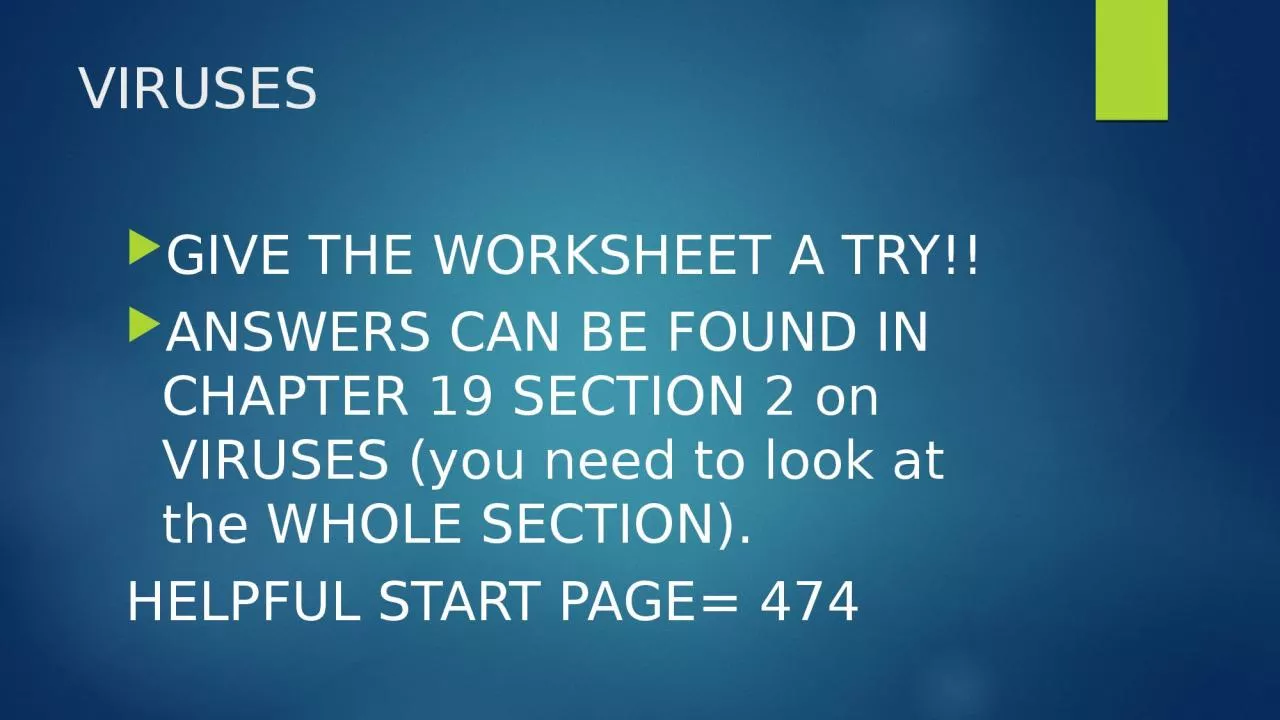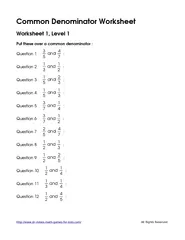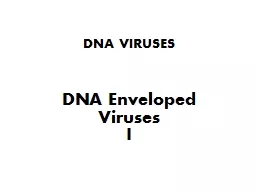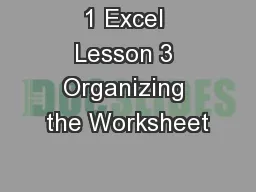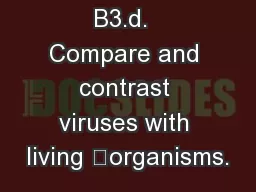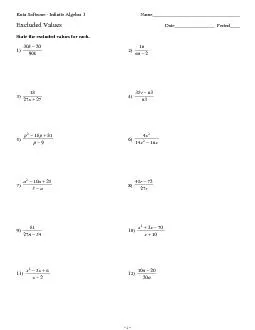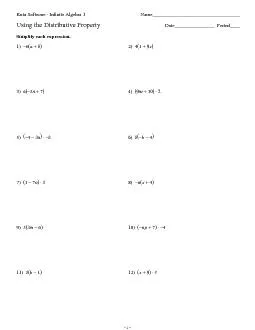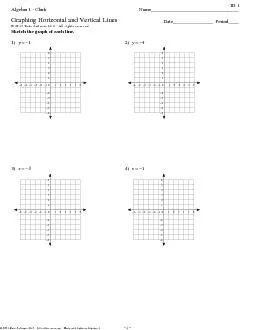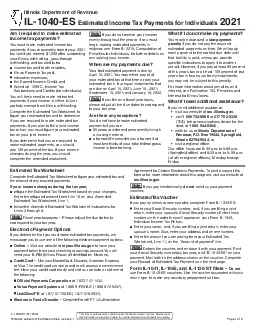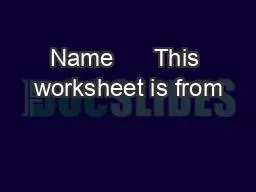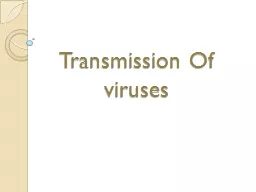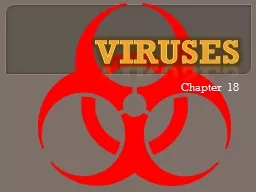PPT-VIRUSES GIVE THE WORKSHEET A TRY!!
Author : BlueEyedBeauty | Published Date : 2022-08-04
ANSWERS CAN BE FOUND IN CHAPTER 19 SECTION 2 on VIRUSES you need to look at the WHOLE SECTION HELPFUL START PAGE 474 Bacteria amp Viruses Whats the difference A
Presentation Embed Code
Download Presentation
Download Presentation The PPT/PDF document "VIRUSES GIVE THE WORKSHEET A TRY!!" is the property of its rightful owner. Permission is granted to download and print the materials on this website for personal, non-commercial use only, and to display it on your personal computer provided you do not modify the materials and that you retain all copyright notices contained in the materials. By downloading content from our website, you accept the terms of this agreement.
VIRUSES GIVE THE WORKSHEET A TRY!!: Transcript
Download Rules Of Document
"VIRUSES GIVE THE WORKSHEET A TRY!!"The content belongs to its owner. You may download and print it for personal use, without modification, and keep all copyright notices. By downloading, you agree to these terms.
Related Documents

